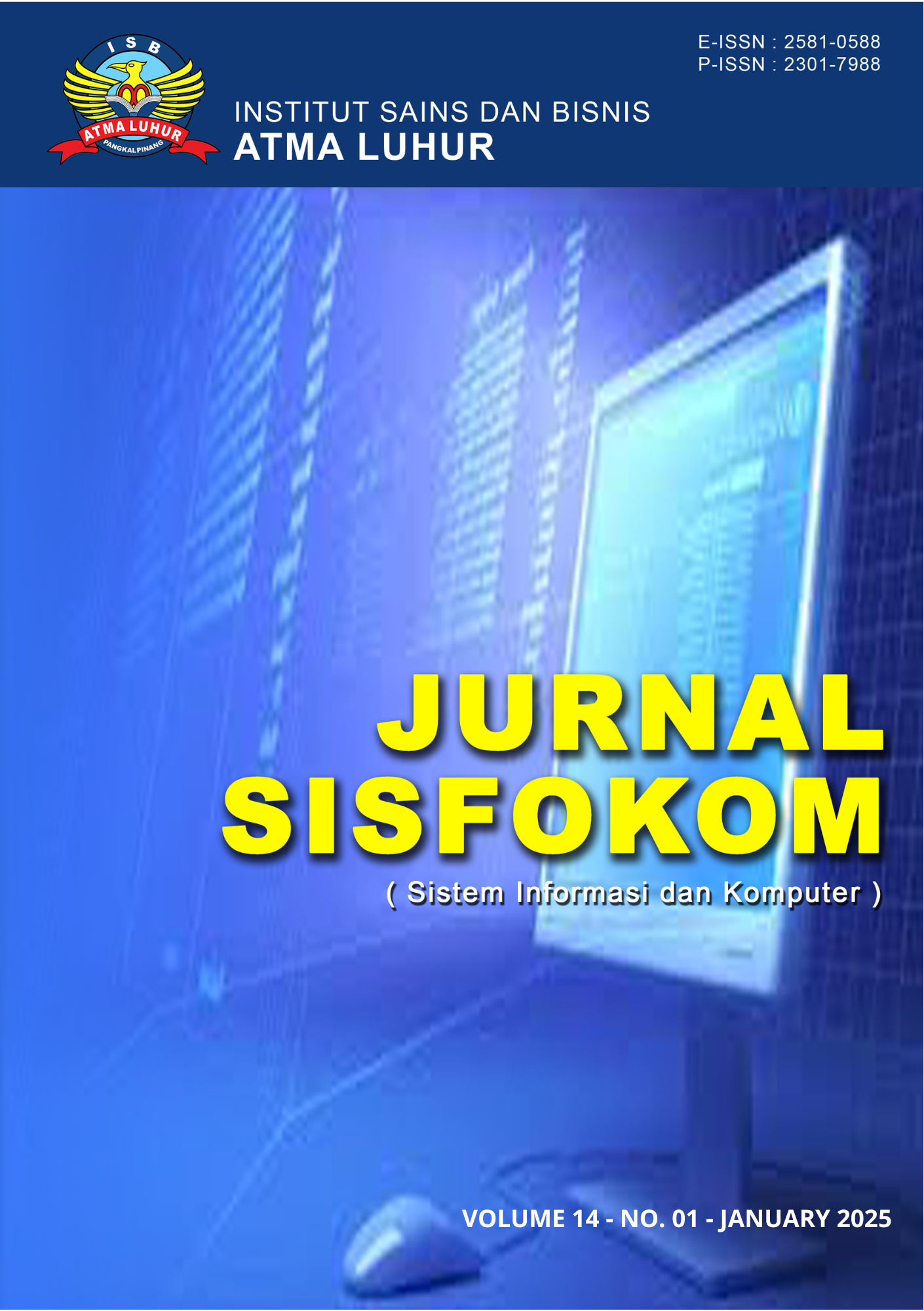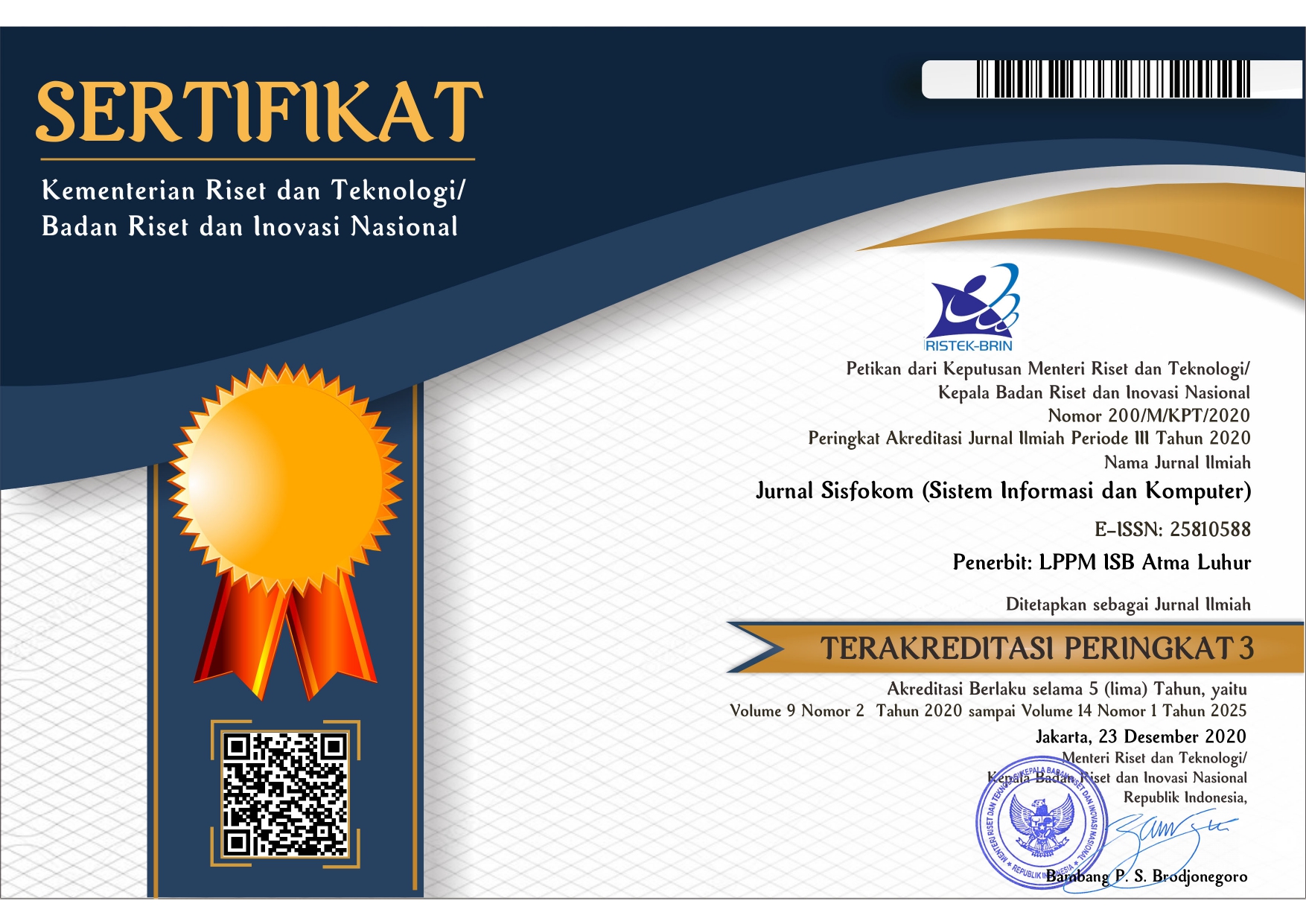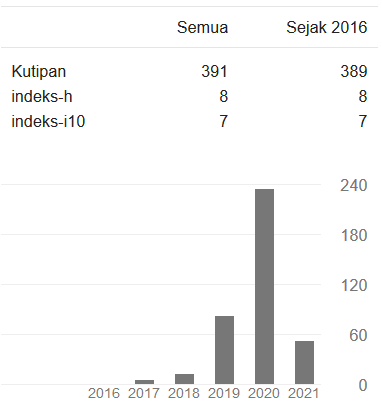Comparative Analysis of RESTful, GraphQL, and gRPC APIs: Perfomance Insight from Load and Stress Testing
DOI:
https://doi.org/10.32736/sisfokom.v14i1.2315Keywords:
API Architecture, gRPC, GraphQL, Load Testing, Stress TestingAbstract
Backend constitutes a critical component of digital infrastructure, responsible for processing business logic, managing data, and facilitating communication between software systems. APIs serve as the interface that enables software interaction and plays a pivotal role in backend operations. This study investigates the performance of three API architectures: RESTful, GraphQL, and gRPC. The experimental approach involves the implementation of Load Testing and Stress Testing to assess the performance of these architectures. The experiment utilizes a dedicated server and client hardware to simulate real- world conditions, with parameters such as CPU usage, memory usage, response time, load time, latency, success rate, and failure rate evaluated using a dataset comprising 1,000 rows of student- related records. Result show that RESTful achieves the highest total request but exhibit greater resource consumption and a higher failure rate. GraphQL demonstrated better CPU and memory efficiency with strong stability, though it has higher latency and slower response times. gRPC strikes a balance with a moderate latency and resource usage, albeit with slightly higher memory consumption under stress. By presenting a comprehensive analysis of each API architecture, this study contributes a comprehensive performance analysis under practical testing scenarios giving developers and system architect with data-driven guidance for selecting API architecture to their application needs. RESTful is well suited for high-throughput scenarios with less critical operations, GraphQL excels in resource efficiency and stability, and gRPC offers balanced performance across diverse workloads.References
D. A. Hutomo Putra, E. Darwiyanto, and R. Nurtantyana, “Development of Backend Admin Dashboard for Business Project Monitoring using Scrum Method,” Indonesia Journal On Computing (Indo-JC), vol. 9, no. 2, pp. 118–133, 2024, doi: 10.34818/indojc.2024.9.2.969.
Humdiana and Julieca, “Implementation of Full Stack Web Development for Data Admin on Social Media Buzzbuddies,” International Journal of Social Science (IJSS), vol. 2, no. 2, pp. 1535–1544, Aug. 2022, doi: 10.53625/ijss.v2i2.3093.
M. J. Jamshed o’g’li, “The Significance of Backend Development in Modern Web Applications,” International Journal of Scientific Researchers, vol. 8, no. 1, pp. 737–741, 2024.
N. K. Dwi Sabrina, D. Pramana, and T. M. Kusuma, “Implementation of Golang and ReactJS in the COVID-19 Vaccination Reservation System,” ADI Journal on Recent Innovation (AJRI), vol. 5, no. 1, pp. 1–12, Feb. 2023, doi: 10.34306/ajri.v5i1.877.
A. F. Rochim, T. N. Wijaya, and D. Eridani, “A Citation Data Collector Tool of Author’s Profiles in Scopus Based on Web and Application Programming Interface (API),” IOP Conf Ser Mater Sci Eng, vol. 1077, no. 1, p. 012017, Feb. 2021, doi: 10.1088/1757-899x/1077/1/012017.
M. I. Yanuardi, Aminudin, and M. Faiqurahman, “Analisis Perbandingan Efektivitas Arsitektur RESTful dan Arsitektur gRPC pada Implementasi Web Service,” Jurnal Edukasi dan Penelitian Informatika (JEPIN), vol. 10, no. 2, pp. 333–341, Aug. 2024.
S. Guha and S. Majumder, “A Comparative Study between Graph-QL & Restful Services in API Management of Stateless Architectures,” International Journal on Web Service Computing, vol. 11, no. 2, pp. 1– 16, Jun. 2020, doi: 10.5121/ijwsc.2020.11201.
N. Jagnik, “Highly Performant Python Services using gRPC and AsyncIO,” Journal of Scientific and Engineering Research, vol. 8, no. 1,
pp. 225–229, 2021, [Online]. Available: www.jsaer.com
J. Kazanavičius and D. Mažeika, “Evaluation Of Microservice Communication While Decomposing Monoliths,” Computing and Informatics, vol. 42, pp. 1–36, 2023, doi: 10.31577/cai.
Muntahanah, Y. Darmi, and K. Pinandita, “Implementasi Perbandingan Metode GraphQL dan REST API pada Teknologi Nodejs,” Journal of Information Technology and Computer Science (INTECOMS), vol. 7, no. 1, pp. 25–34, 2024.
M. N. Hedelin, “Benchmarking and Performance Analysis of Communication Protocols: A Comparative Case Study of gRPC, REST, and SOAP,” KTH Royal Institute of Technology, 2024. Accessed: Nov. 03, 2024. [Online]. Available: https://kth.diva- portal.org/smash/record.jsf?pid=diva2%3A1887929&dswid=-8588
Goriparthi, “Streamlining API Development: A Comparative Analysis of GraphQL and RESTful Web Services,” International Journal of Data Analytics Research and Development, vol. 2, no. 1, pp. 59–71, 2024, [Online].Available:
https://iaeme.com/Home/issue/IJDARD?Volume=2&Issue=1
Downloads
Published
Issue
Section
License
Copyright (c) 2025 Jurnal Sisfokom (Sistem Informasi dan Komputer)

This work is licensed under a Creative Commons Attribution 4.0 International License.
The copyright of the article that accepted for publication shall be assigned to Jurnal Sisfokom (Sistem Informasi dan Komputer) and LPPM ISB Atma Luhur as the publisher of the journal. Copyright includes the right to reproduce and deliver the article in all form and media, including reprints, photographs, microfilms, and any other similar reproductions, as well as translations.
Jurnal Sisfokom (Sistem Informasi dan Komputer), LPPM ISB Atma Luhur, and the Editors make every effort to ensure that no wrong or misleading data, opinions or statements be published in the journal. In any way, the contents of the articles and advertisements published in Jurnal Sisfokom (Sistem Informasi dan Komputer) are the sole and exclusive responsibility of their respective authors.
Jurnal Sisfokom (Sistem Informasi dan Komputer) has full publishing rights to the published articles. Authors are allowed to distribute articles that have been published by sharing the link or DOI of the article. Authors are allowed to use their articles for legal purposes deemed necessary without the written permission of the journal with the initial publication notification from the Jurnal Sisfokom (Sistem Informasi dan Komputer).
The Copyright Transfer Form can be downloaded [Copyright Transfer Form Jurnal Sisfokom (Sistem Informasi dan Komputer).
This agreement is to be signed by at least one of the authors who have obtained the assent of the co-author(s). After submission of this agreement signed by the corresponding author, changes of authorship or in the order of the authors listed will not be accepted. The copyright form should be signed originally, and send it to the Editorial in the form of scanned document to sisfokom@atmaluhur.ac.id.









